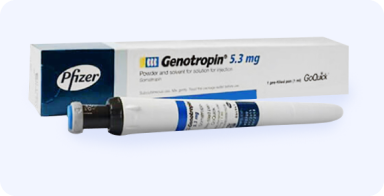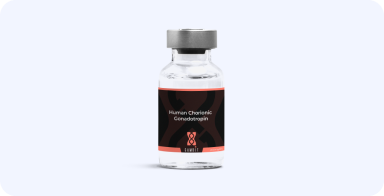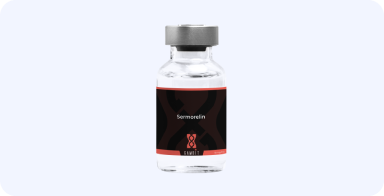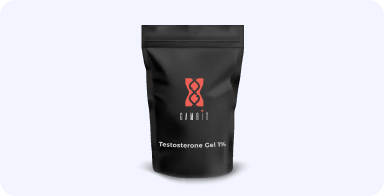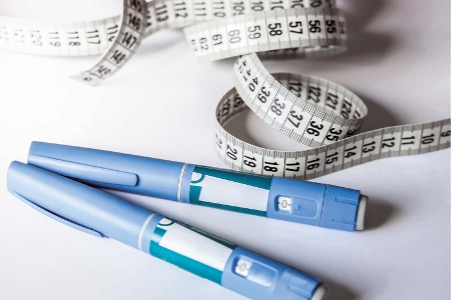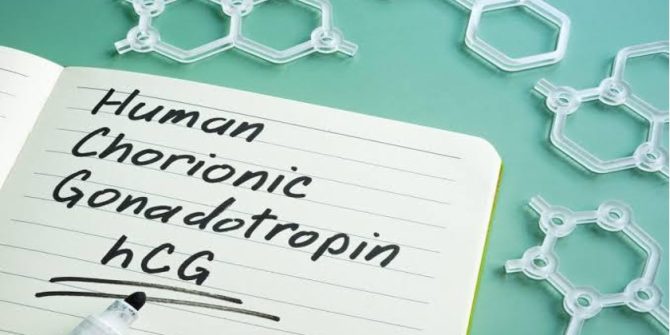For many women, weight management is not just about numbers on a scale. It’s about looking healthy, having more energy, and building more confidence in your looks. While diet and...
Home page / Testosterone Gel
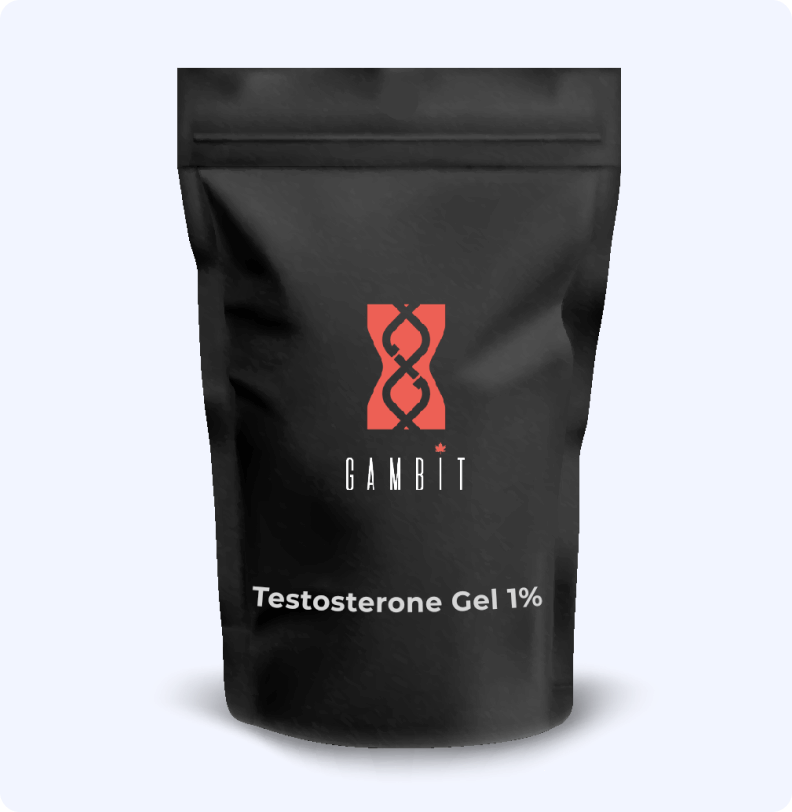
The product images shown are for illustration purposes only and may not be an exact representation of the product.
Testosterone Gel
Testosterone Gel 1% is used for testosterone deficiency in men. When it comes to testosterone therapy, it’s important to choose the right delivery method for your needs. Topical gels and injections are both effective options, but they each have their own unique benefits.
Testosterone Gel 1% offers a convenient and discreet way to administer testosterone replacement therapy. All you need to do is apply the gel to your skin as your healthcare provider has prescribed. Plus, with no injections required, many people find that gels are a more comfortable option.
Testosterone Cypionate injections, on the other hand, offer a longer-lasting dose of testosterone. While injections may not be for everyone, they offer a dose of testosterone that can last for multiple days.
Testosterone gel is applied daily, typically to clean, dry skin on areas such as the shoulders, upper arms, or abdomen. After application, allow the gel to dry completely before dressing to prevent transfer to others or take a shower 30-45 minutes after application. Be sure to wash your hands thoroughly after use.
Consistency is key, so try to apply the gel at the same time each day, ideally in the morning. Always follow the specific instructions provided with your prescription to ensure safe and effective use. If you have any concerns or questions, consult Get Gambit’s prescribing practitioners for additional guidance.
Topical testosterone gel is generally well-tolerated, but like any medication, it may cause side effects.
Commonly reported issues include:
Skin irritation: Redness, itching, or rash at the application site.
Acne: Increased oil production can lead to breakouts in some individuals.
Hair loss: You may notice increased hair loss if you are already predisposed to hair thinning or shedding.
Mood changes: Some users report mood swings or irritability.
Physiological changes: In some cases, testosterone gel may cause fluid retention or increased red blood cell counts.
To minimize side effects, apply the gel as directed, avoid contact with others until it’s fully absorbed, and monitor any changes in how you feel.
Daily Application for Continuous Support
Testosterone Gel offers a convenient, daily application that maintains steady hormone levels. It’s simple to use, quickly absorbed, and helps improve energy, mood, and overall well-being without the need for injections.
Convenient and Discreet Solution
With no need for needles, Testosterone Gel provides an effective alternative for men who prefer a needle-free option. It supports muscle mass, bone density, and libido, fitting seamlessly into your daily routine.
Why Testosterone Gel?
Daily Application for Continuous Support
Testosterone Gel offers a convenient, daily application that maintains steady hormone levels. It’s simple to use, quickly absorbed, and helps improve energy, mood, and overall well-being without the need for injections.
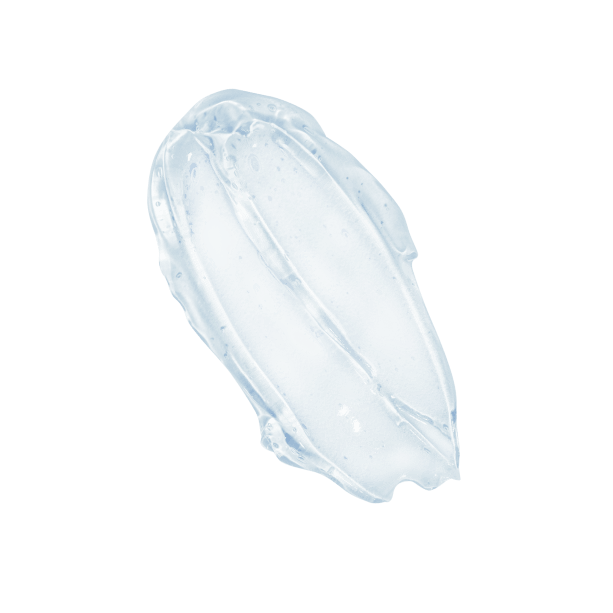
Convenient and Discreet Solution
How does it work?
How do I know how much testosterone gel to use?
Testosterone Gel 1%
For Patients
Access a variety of resources and tools designed for your healthcare needs.
Testosterone Gel 1% is a topical testosterone replacement therapy (TRT) used to treat low testosterone levels (hypogonadism) in men. The gel is applied directly to the skin, allowing testosterone to be absorbed into the bloodstream, helping to restore hormonal balance and alleviate symptoms such as fatigue, low libido, and reduced muscle mass. At Get Gambit, we provide medically supervised Testosterone Gel 1% therapy as part of personalized treatment plans tailored to your needs.
Testosterone Gel 1% is prescribed for:
- Hormone therapy: To treat hypogonadism and alleviate symptoms such as fatigue, mood swings, and muscle weakness.
- Improving well-being: By restoring testosterone levels, it enhances energy, physical performance, and mental clarity.
At Get Gambit, our healthcare providers include Testosterone Gel 1% in customized TRT plans designed to optimize your health and vitality.
Testosterone Gel 1% delivers testosterone through the skin (transdermal absorption) and into the bloodstream. This steady, continuous release helps:
- Maintain consistent testosterone levels throughout the day.
- Improve energy, libido, and mood.
- Support muscle strength, bone density, and overall well-being.
| Feature | Testosterone Gel 1% | Testosterone Cypionate | Testosterone Enanthate | HCG |
| Form | Topical gel | Injectable (intramuscular) | Injectable (intramuscular) | Injectable (subcutaneous) |
| Administration | Daily application to the skin | Weekly or biweekly injection | Weekly or biweekly injection | 2–3 times weekly |
| Mechanism of Action | Provides exogenous testosterone | Provides exogenous testosterone | Provides exogenous testosterone | Stimulates natural testosterone and sperm production |
| Primary Use | Replace testosterone levels | Replace testosterone levels | Replace testosterone levels | Boost natural testosterone and support fertility |
| Absorption Rate | Gradual, steady daily release | Slow, long-acting release | Similar to Cypionate, slightly shorter half-life | Rapid action after injection |
| Side Effects | Skin irritation, acne, mood changes | Injection site pain, acne, mood changes | Injection site pain, acne, mood changes | Injection site irritation, mood swings, headaches |
| Monitoring Requirements | Regular blood tests for testosterone levels | Regular blood tests for testosterone levels | Regular blood tests for testosterone levels | Regular blood tests for testosterone, estradiol, and LH |
| Best For | Men preferring non-invasive daily treatment | Men seeking higher peak testosterone with less frequent dosing | Men seeking higher peak testosterone with less frequent dosing | Men seeking fertility preservation or natural testosterone stimulation |
Yes, Testosterone Gel 1% is safe when prescribed and monitored by licensed healthcare providers. At Get Gambit, we ensure your safety by:
- Conducting thorough health assessments and lab tests.
- Monitoring your progress through regular follow-ups and adjusting treatment as needed.
Improper or unsupervised use of testosterone therapy can pose risks, so it’s essential to follow your prescribed treatment plan.
Common side effects may include:
- Skin irritation or redness at the application site.
- Acne or oily skin.
- Mood swings or irritability.
- Increased appetite or libido changes.
Rare but serious side effects include:
- Elevated red blood cell count.
- Sleep apnea.
- Prostate changes (requires regular monitoring).
If you experience severe or persistent symptoms, contact Get Gambit’s medical team immediately at support@getgambit.ca.
Discontinuing Testosterone Gel 1% may cause testosterone levels to return to baseline, leading to:
- Fatigue and low energy.
- Decreased libido.
- Mood swings or irritability.
Before stopping, consult Get Gambit’s medical team to develop a safe and effective transition plan.
Testosterone Gel 1% is applied daily to clean, dry skin, typically on the shoulders, upper arms, or abdomen. At Get Gambit, we provide:
- Detailed guidance on proper application techniques.
- A personalized dosing schedule tailored to your health goals.
Avoid applying the gel to broken skin or areas that may come into contact with others.
Yes, Testosterone Gel 1% is a prescription medication. At Get Gambit, we ensure safe and effective treatment by:
- Conducting thorough lab tests to evaluate your hormone levels.
- Reviewing your detailed medical history.
- Providing ongoing monitoring to optimize your therapy.
Testosterone Gel 1% may not be suitable for individuals with:
- Prostate or breast cancer.
- Severe heart, liver, or kidney conditions.
- Pregnant or breastfeeding women (direct contact with treated skin should be avoided).
It’s crucial to share your full medical history with Get Gambit’s healthcare providers to determine if Testosterone Gel 1% is the right treatment for you.
Store Testosterone Gel 1% at room temperature, between 20°C and 25°C (68°F and 77°F). Keep it in its original packaging, away from direct sunlight or excessive heat, and out of reach of children.
If you miss a dose of Testosterone Gel 1%:
- Apply it as soon as you remember, unless it’s close to your next scheduled dose.
- Do not double the dose to make up for a missed application.
Contact Get Gambit’s medical team at support@getgambit.ca if you have concerns.
Getting started with Testosterone Gel 1% at Get Gambit is simple:
- Complete a quick online intake form.
- Connect with licensed healthcare providers for a personalized consultation.
- Receive a tailored treatment plan, including guidance on proper application techniques.
Contact us at support@getgambit.ca to schedule your consultation today.
We’re here to help! Contact us at support@getgambit.ca or visit our Contact Us page to learn more about how Testosterone Gel 1% treatments at Get Gambit can benefit you.
What our customers say about us
Trustindex verifies that the original source of the review is Google. Awesome service. Quick to help and very well informed. 100% reccomend their services.Trustindex verifies that the original source of the review is Google. I will be 50 in a couple of months and found my energy to be declining even though I have not changed much to my sleep, diet and exercise routine. I have had the priviledge of working with Eric and Abdel and they are so awesome! The attention to detail with my program is amazing and they made me feel so comfortable through the whole process. I would highly recommend any man wanting to help increase their energy to contact Abdel or Eric at Get Gambit to help.Trustindex verifies that the original source of the review is Google. Really innovative and convenient way to personalized men's health. It has been a seamless process so far and I look forward to working with the Get Gambit Team!Trustindex verifies that the original source of the review is Google. Trustindex verifies that the original source of the review is Google. Best team ever, they helped me lose weight and the care I received was amazing.Trustindex verifies that the original source of the review is Google. Great service and follow up!!!Trustindex verifies that the original source of the review is Google. amazing simply amazing. i have never been met with a more professional well planned company who truly cares for the benefit and well being of their clients. i have been met with nothing but respect and courtesy from the agents and management team i highly recommend!Trustindex verifies that the original source of the review is Google. Highest level knowledge and patient service. So professional and 15/10 best medical staff and health knowledge. Thank you Gambit changes lives!Trustindex verifies that the original source of the review is Google. Took a long time to find this kind of care DR Hatem Salim and his great team makes everything easy there on time with every prescription and the real Bonus is they always answer the phone always polite and very informative thankyou Dr Salim and team cheers 🍻
Important Safety Information
Important Safety Information
Depo-Testosterone delivers testosterone into the bloodstream via injection. It is not recommended for use by women, children under 18, or individuals with certain medical conditions. Speak to your doctor before use.
Gambit Health Hub
What is Hypogonadism? Hypogonadism is a common condition, affecting 38% of men over the age of 45 and 7% of men under the age of 40. Hypogonadism is when the...
Have you ever felt like no matter how much you exercise or how healthy you eat, the extra weight just won’t go away? Or maybe you’ve noticed it’s getting harder...
Other products
